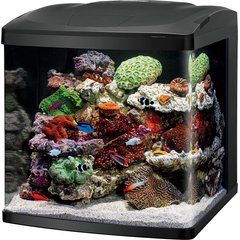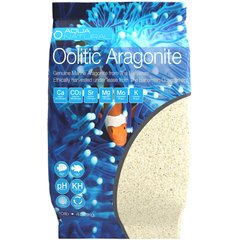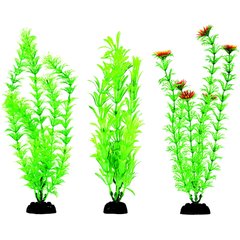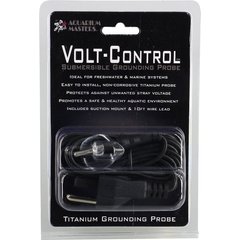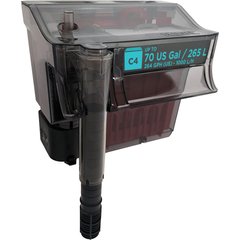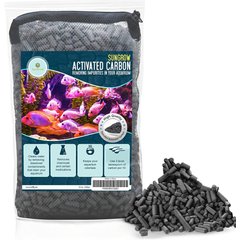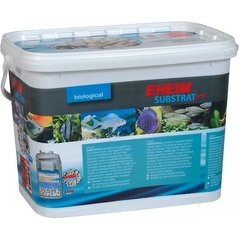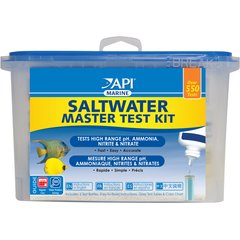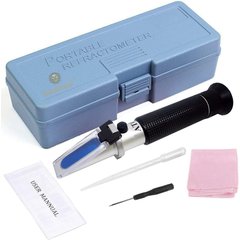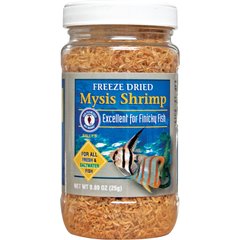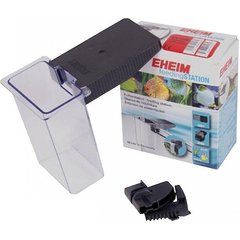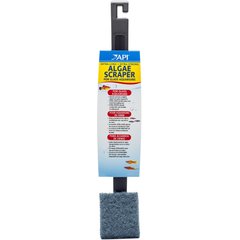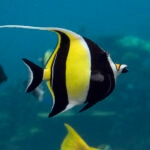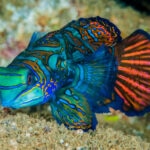How To Care for a Pet Seahorse: A Complete Guide for Beginners
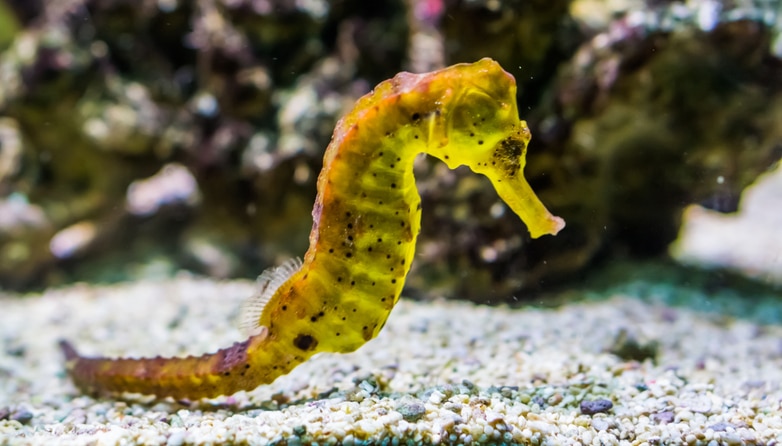
Photo by Charlotte Bleijenberg/iStock/Getty Images Plus
Seahorses are fun, tropical marine fish you can add to your home aquarium. From the way their bodies are designed and the way they move, to the care they need to thrive, these slow-moving animals aren’t your typical fish.
This article will take you through some of the basics about seahorses, as well as how to successfully care for them.
Key Takeaways
- Seahorses don’t require a huge tank but they have specific needs when it comes to water flow and tank decoration.
- They have a simple diet but require care and maintenance multiple times a day to thrive.
- The best way to interact with a seahorse is through feeding and observation.
Understanding Seahorses
Most seahorses are from the western Atlantic and Indo-Pacific oceans, and live in shallow waters that are associated with coastal areas. It’s common to find them in seagrass beds, among the roots of mangrove forests, in coral reefs, and in estuarine (tidal mouth) habitats.
While most seahorses call shallow waters home, some species are known to migrate to deeper water.
There are nearly 50 known species of seahorses, but only about six of them are kept as pets. Seahorse tanks will often house one of the following species:
- Lined seahorse
- Brazilian seahorse
- Common or yellow seahorse
- Tiger tail seahorse
- Big-belly seahorse
- Dwarf seahorse
The lifespan of a seahorse can vary. Dwarf seahorses only live for 1–2 years while the larger species can live 8–12 years.
Setting Up a Seahorse Tank
You want a pet seahorse—so what do you need to bring one home? Seahorses should have the following:
- Aquarium: Seahorses require a saltwater tank. A minimum of a 30-gallon tank is recommended for each pair of seahorses. For each additional pair, increase the number of gallons by 15. Try to get a tank that is at least 18 inches tall. Dwarf seahorses can live in about half this much space.
Recommended Product
- Substrate: If you don’t want to have a bare-bottom tank, look for a fine, sandy substrate with a grain size that is 1–2 millimeters, like Aqua Natural Oolitic Aragonite Aquarium Sand.
Recommended Product
- Decorations: Seahorses need secured vertical structures to hitch on or hold. Aquarium-safe items that are less than 1/4 inch in diameter are ideal. Consider artificial plants that are easy to clean, live rock that has plenty of rigid structures for them to grip, colorful macro algae, or live corals. Keep in mind that live corals and algae may require additional care.
Recommended Product
- Lighting: Minimalist, controllable light is ideal. LEDs are a great energy-efficient option.
Recommended Product
- Heater: Aquarium heaters come in many different sizes. Select one to fit the size of your seahorse aquarium. If your exact tank size isn’t listed, go up to the next-sized heater.
Recommended Product
- Ground probe: Even the best equipment can go bad, which can lead to stray voltage in your tank. This can be deadly for your pet seahorse, so add a ground probe to your equipment list.
Recommended Product
- Filtration and circulation: Seahorses can be messy eaters, so have enough filtration. Aim to get a filter that is slightly overpowered for what you need. Seahorses are poor swimmers and don’t like a lot of current, so a return pump that is controllable and has an option like “feed mode” would be ideal.
- Chemical filtration like activated carbon can help to keep the water clean and clear. Biological filtration such as bio media will also help.
Recommended Products
- Water testing: Keep your water quality parameters within these ranges:
- Salinity: 1.020–1.025
- Temperature: 70–78 F
- pH: 8.1–8.4
- Nitrate: 0–20
- Nitrite: 0
- Ammonia: 0
- Alkalinity: 7–12
Recommended Products
Seahorse Tank Mates and Compatibility
The key to keeping other types of fish with seahorses is to pick fish and invertebrates that are smaller, peaceful, and slow-moving, such as:
- Peaceful clownfish
- Gobies
- Dartfish
- Blennies
- Pipefish
- Dragonets
- Gorgonians
- Nassarius snails (if you have a sand bed for them to live in)
Avoid larger predatory fish, fast-swimming fish who can outcompete seahorses for food, venomous fish, stinging corals, and notoriously aggressive fish such as:
- Angelfish
- Boxfish
- Butterflyfish
- Damselfish
- Eels
- Hawkfish
- Maroon clownfish
- Pufferfish
- Rabbitfish
- Scorpionfish
- Tangs or surgeonfish
- Sea anemones
- Euphyllia corals
One of the best and safest ways to enjoy pet seahorses is to keep them in pairs. If you choose to go this route, provide the appropriate amount of space for the number of pet seahorses in your aquarium.
What Do Seahorses Eat?
A seahorse’s diet consists primarily of mysis shrimp. They are available frozen, freeze-dried, and live.
Recommended Product
You can supplement your seahorses’ diet with other things like small live copepods, rotifers, and enriched brine shrimp.
Since seahorses have a basic digestive system, regularly offer them food. Feed your pet seahorse two or three times per day—morning, midday, and evening.
At each feeding, offer one cube of frozen mysis for each pair of seahorses. They are slow feeders, but over the course of 15–30 minutes, they will consume what they need. If you’re offering freeze-dried foods, feed sparingly as not all seahorses will accept them.
A seahorse’s food can be offered by a broadcast feed or at a feeding station (like the Eheim FeedingSTATION Fish Feeder) they are trained to eat from.
Recommended Product
Seahorses are intelligent animals and can easily be trained to eat from a feeding station if they don’t already. This method can make feeding easier for you and them.
To train seahorses to eat at a station, follow these steps:
- Offer them food using a turkey baster or small pipette.
- Once they are comfortable and associate the feeding tool with a positive experience, slowly have them follow the tool to a small bowl or dish.
- Gently deposit their mysis in the dish. It could take several attempts for them to catch on, but once they do, they will teach the other fish in the tank.
- Make sure there are plenty of secure structures around the food station for the seahorses to hitch on.
Feeding seahorses can be challenging if conditions in the tank aren’t right. Watch for the following:
- Too much flow can prevent them from being able to get to the food. Ensure the water flow isn’t too fast, and consider pausing the flow while they are eating.
- Seahorses can be messy eaters. Avoid poor water quality by removing any uneaten food.
Seahorse Interaction
Fish aren’t easy to interact with, and while you might be tempted to interact with your slow-moving seahorse pet, it’s not recommended, as they are fragile and can easily be stressed.
Observing their natural behaviors is a great way to get a sense of how they feel. If a seahorse is stressed, they might turn their back to you or darken their coloring. If this happens, it’s a good idea to back up and give them some space.
When you and your seahorse are just getting to know each other, consider observing them from a distance and gradually moving closer over time. When they are in a new environment with new faces, it can be stressful. Allowing them to become comfortable with their new home and with you will help them thrive.
Seahorse Health
You can tell a lot about the health of your pet seahorse by observing their appearance and watching their behavior. Signs of a healthy seahorse include:
- Bright, bold coloring
- Clear, active, and aware eyes
- Blemish-free skin
- A good appetite
- Normal swimming behavior
- Normal breathing
Seahorses are susceptible to diseases, bacterial infections, and parasites. Being aware and knowing what to look for can help you address a problem as soon as it presents itself. Seahorses may suffer from:
- Gas bubble disease
- Bacterial infections
- Parasites such as Ich and worms
It’s recommended to quarantine any new seahorse arrivals. Quarantining can:
- Allow seahorses to adjust to their new environment
- Allow you to have an observation period
- Allow for treatment of any ailments if necessary
- Reduce the risk of introducing an ailment to the rest of your herd
Daily and Weekly Maintenance
There are things you should be doing on a regular basis to maintain your seahorse aquarium.
Seahorse Observation
Spend some time each day observing them to make sure the flow in their tank is correct, all your seahorses are eating, there is no aggression between individuals, and they are healthy overall.
Water Testing and Partial Water Changes
Water chemistry can be daunting, but there are plenty of test kits available with step–by–step instructions. Test the water in your seahorse tank every week and perform a 10–25% water change every other week, or weekly if water parameters are out of range.
Cleaning Routines
While you are changing the water, siphon–clean the substrate and wipe the glass with an algae scraper to remove buildup.
Recommended Product
Additionally, make sure the filtration components like filter socks are clean, and replace them if they are dirty.
Monthly maintenance should include changing out filter media such as carbon or GFO, as well as making sure there is no blockage on any bio media being used in the tank. Equipment like the heater, return pump, and lights should be monitored to ensure everything is clean and running efficiently.
Although a seahorse aquarium might not be easy to maintain, these ornate fish can be a rewarding part of your aquatic family. As long as you are observant and able to meet all of their needs, your seahorses should thrive in your care.
FAQs About Seahorses
Seahorses live in shallow coastal ecosystems such as coral reefs, mangrove forests, estuaries, and seagrass beds.
Can you get seahorses as pets?
Yes, you can get seahorses as pets. There are nearly 50 species of seahorses in the wild and six of those are commonly kept as pets.
What color are seahorses?
Seahorse colors include yellow, brown, black, and tan. Their color is dependent on their species, their diet, and if they are male or female.
How big do seahorses get?
The average seahorse will grow to 5–8 inches from crown to tail, but some seahorses like the big-belly seahorse can grow to more than 12 inches in length.
How long do seahorses live?
Dwarf seahorses have a shorter lifespan of only 1–2 years; larger species can live 8–12 years.
